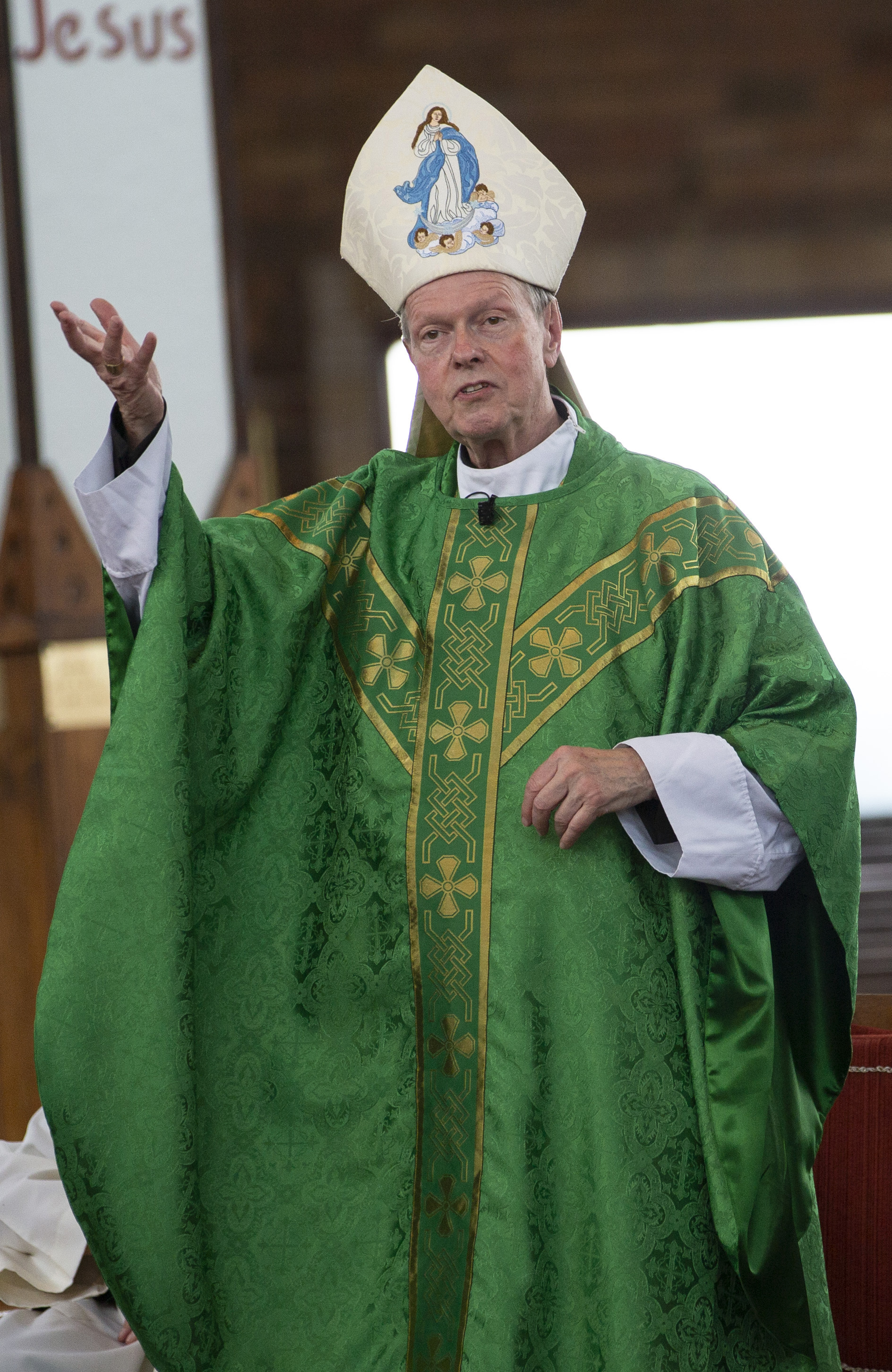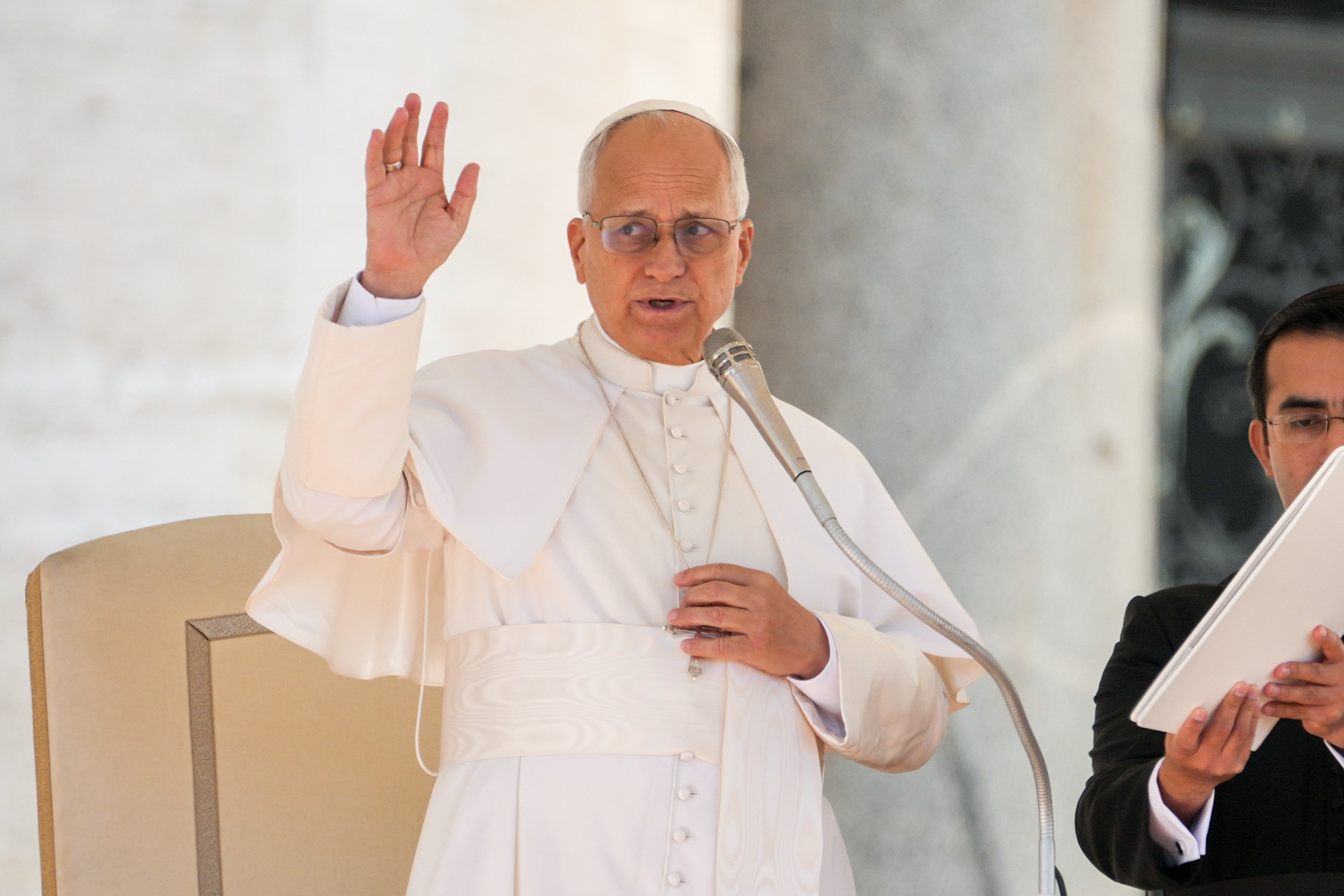April 6, 2018 at 1:53 p.m.
REFLECTION
A paradoxical Doctor of the Church
This year is the 500th anniversary of St. Teresa of Avila -- Sister Teresa of Jesus -- having been "born for Him" on March 28, 1515, in Avila, Spain. She responded to the will of God in reforming the Carmelite order, and gave us a quintessential teaching on prayer.
As a new member of the Order of Discalced Carmelites Secular (OCDS), I am imbued with "the fervor of the novice." St. Teresa is a Doctor of the Church, a distinction for only 35 among the thousands of canonized saints. From this illustrious introduction, I am finding her down-to-earth philosophy is as endearing as her spirituality is stunning.
Her relationship with God as both "His Majesty "and her intimate friend exemplifies the paradoxes that make up her personality, spirituality and story. A mystic whose interior life soared to the heights of spiritual union, she was also a vivacious, beautiful charmer who captivated all she encountered.
An ascetic nun who discarded shoes as not simplistic enough for her reformed Carmelites -- thus the name "discalced" or "without shoes" -- she had been born into wealth and privilege.
A contemplative who craved silence and solitude, she traveled hundreds of miles throughout Spain, founding monasteries, meeting with magistrates and prelates, tending to logistical affairs and settling disputes. Her eyes sparkled in conversation and poured tears at the wounds of Christ. She was a graceful dancer and horsewoman, but spent herself sweeping and scrubbing the monasteries -- without missing a tambourine beat during recreation.
Humility was the essential element of St. Teresa's approach to both temporal and spiritual matters. She is among the masters of Catholic contemplative tradition, yet she wrote of herself, "I am only a poor woman who knows nothing about these things." No matter the spiritual inferiority of her confessors, she obeyed; no matter the monitoring of the Spanish Inquisition, she continued to write.
This is the woman who has invited me, through prayer, to enter my "interior castle" -- the symbolism she uses for the interior life of the soul. I relate to her earthy metaphors: the "reptiles" of sins that follow me; the "clashing of arms" of spiritual warfare in my soul; the "silkworm" that will die and emerge as a butterfly in flight.
Snakes, guns and worms are not lovely images. But neither are unhealthy attachments and sinful habits. And the King is at the center of the castle, "where the most secret things pass between God and the soul."
This journey to Him must be taken in great humility -- which, in St. Teresa's words, means, "If a person does not think of whom he is addressing and who it is that is asking, that person is not praying, but only moving his lips."
In practicing the presence of God, we will find the maxim of St. Teresa: "Let your desire be the vision of God, your fear the loss of Him, your sorrow His absence, and your joy in that which may take you to Him; and your life shall be in great peace."
(Watch a presentation by Ms. Lynch at www.stambroselatham.com under "videos.")[[In-content Ad]]
SOCIAL MEDIA
OSV NEWS
- Pope Leo’s four favorite films
- Bishop Seitz ‘very optimistic’ religious worker visa issue will soon see ‘positive developments’
- US bishops advance new sainthood cause for ‘Good Samaritan’ Jesuit priest
- USCCB president warns against partisanship; nuncio urges bishops to follow pope’s ‘maps of hope’
- New English version of Bible to be called The Catholic American Bible
- Churches should be joyful places of sharing gift of faith, pope says
- ‘Leo from Chicago:’ Vatican releases new documentary on pope’s early years
- Archbishop Coakley and Bishop Flores are elected president and vice president of USCCB
- Survey: Young adult Catholics are the most engaged and most at risk of leaving the church
- U.S. bishops to Pope Leo: We ‘will continue to stand with migrants and defend everyone’s right to worship free from intimidation’







Comments:
You must login to comment.